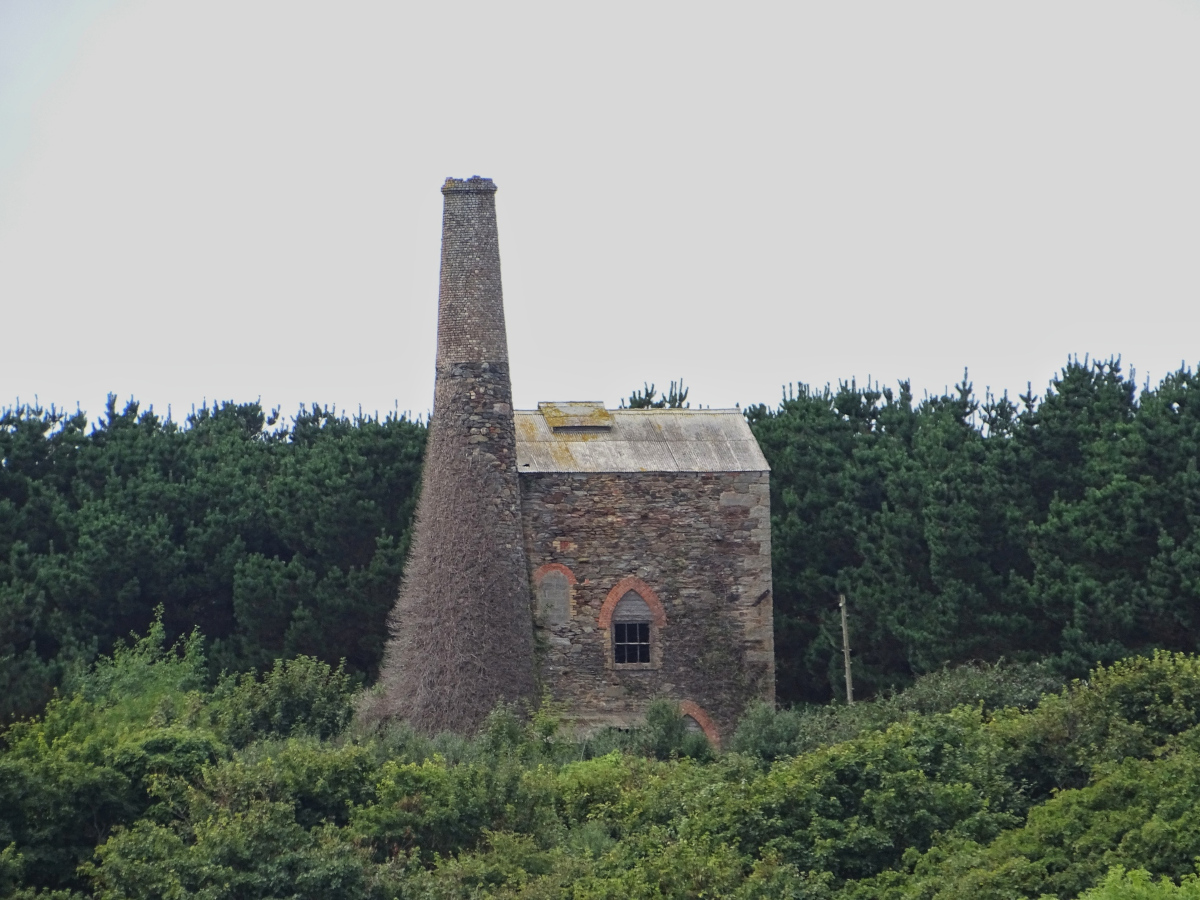Situated on the cliffs south of Trevaunance Cove are the scant remains of Polberro Mine.
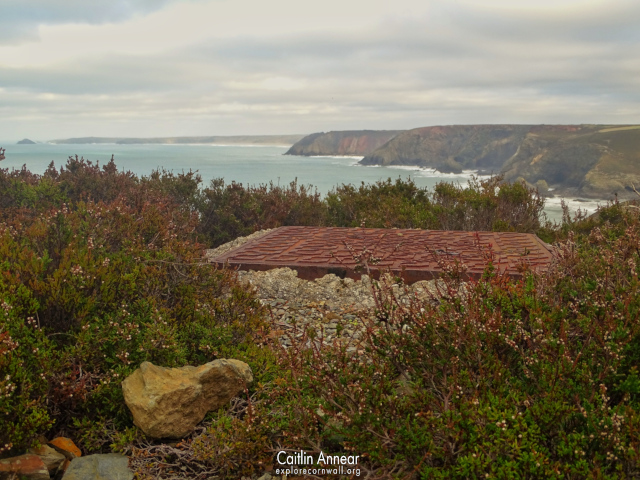
Polberro is an ancient mine composed to a great number of smaller setts. These include Trevaunance, The Pell, Wheal an Cleath, Pulstean, Seal Hole, North Seal Hole, East and North Pell, Dolga/Carnmeal, Balnoon, Old Polberro, East Trevaunance, Wheal Squidler, Wheal Prosper, Wheal Park, Wheal Hope, Wheal Sperries, Wheal Kine, Wheal Paul and Wheal Ferrol.
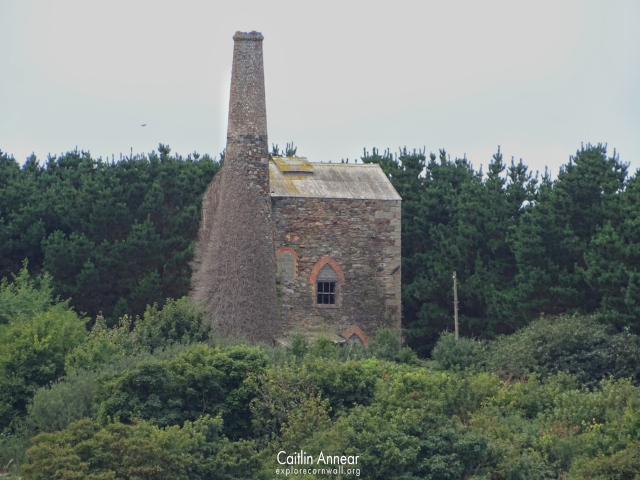
It originated as lots of small open cuts and adits scattered across the cliff, much like it’s neighbour Wheal Luna. Over time this developed into an unmappable mix of tunnels and stopes. Even the above ground parts of the mine were a jumble, with dressing floors next to the cliff while the engines were mostly inland away from the main shafts and all sorts in between.
Some of its earliest mines date from the 17th century, although the more serious work took place from 1800 onwards. Several engine houses were erected on the site, stopping and restarting several times, putting its equipment up for sale numerous times.
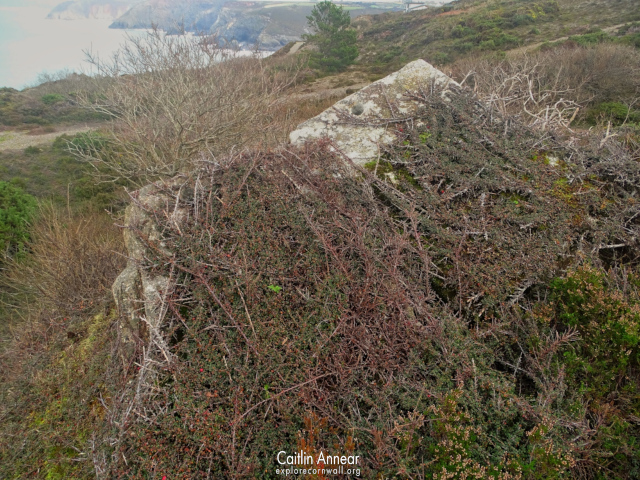
In 1843 it was working under the name Royal Polberro and was visited by Queen Victoria three years later. It closed again in 1848, with work commencing just two years after, producing 200 tons (203,209 kg) of tin a year. Underground work stopped during the 1870’s, with focused turned to processing the burrows. Between 1886-92 there was another attempt to make the sett work, but this too failed. In 1892 Polberro was amalgamated with neighbouring Trevaunance mine and continued until 1895 when low tin prices forced another closure.
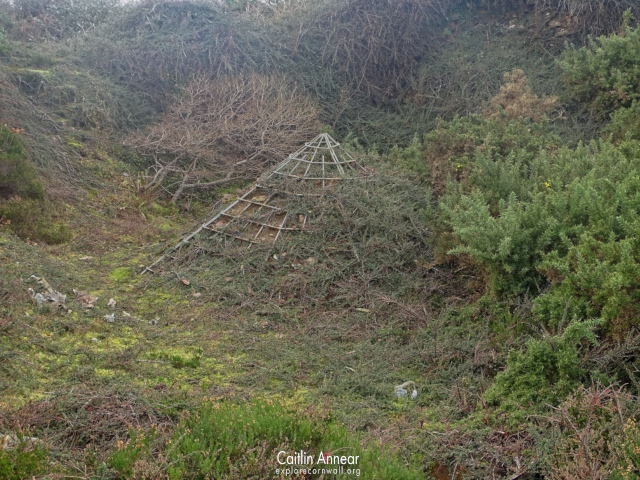
The final endeavour occurred between 1937 and 41 under the name Polberro Tin Ltd. The engine house on Trevaunance mine was converted into a miners dry and a new dressing floor installed. Electrical equipment was moved from Wheal Kitty and the underground workings were joined with the West Kitty lodes, however discoveries were disappointing. It closed in 1941 due to lack of money, with one of the lodes they were searching for turned out to be disappointment and the other was never reached. Trounson described this as ‘one of the most regrettable happening in Cornwall for many year past”, particularly as he felt that the miners were very close to their goal and only erroneous advice from geologists inexperience’s in St Agnes lodes preventing them from getting there.
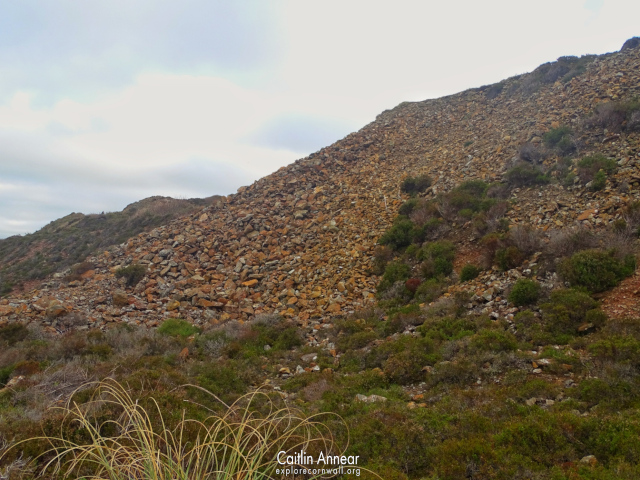
The only remaining engine house belongs to Trevaunance mine; a 60″ Harvey & Co engine, this was erected in 1885 and came second hand from North Pool Mine, briefly working at South Penstruthal before moving to St Agnes. In 1902 the engine went to Wheal Friendly.
Seal Hole was the first mine in the St Agnes district to have an engine; a Boulton and Watt 40″ was installed in the 1780’s and sold in 1805. Old Polberro Sump/Engine had a 60″ pumping engine by 1840, Seal Hole 60″ pumping engine by the 1860’s, 50″ pumping engine on Trevaunance Mine in 1885, 60″ pumping engine on Viger’s (could be the Seal Hole engine). An 80″ was put up for sale in 1848.
Two whim engines, a 22″ and 20″ were put up for sale in 1843, with another 18″ from Wheal Coates being erected in 1887. There were at least two stamps engines, one 36″ on the cliff edge that operated 72 heads of stamps and another 30″ stamps.
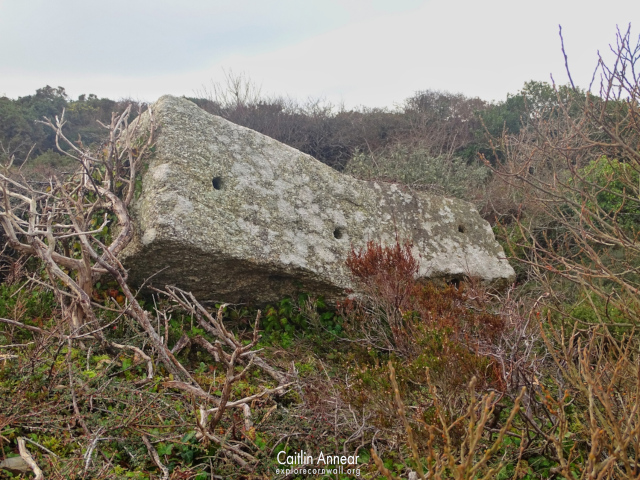
Turnavore (182 fathoms/333m), Seal Hole Engine, Old Sump (125 fathoms/229m), Shop (78 fathoms/143m), Alder’s, North Seal Hole whim (116 fathoms/212m), Seal Hole East, Viger’s (130 fathoms/238m), Gentle (50 fathoms/91m), Enys, Fortune (50 fathoms/91m), Park Sump (30 fathoms/55m), East Pell West (50 fathoms/91m), East Pell Engine (50 fathoms/91m), North Pell (50 fathoms/91m), Witta (50 fathoms/91m), East Pye, South Park, Park Sump, Detastet, Tredenna, West Polberro, Humphrey’s (40 fathoms/73m), Old Polberro
North House, Davis, Pye, Harris’, Trevaunance, Ellery’s, White, Cly’s, Bradley’s/North Tin, Broad House, Buckingham’s/Copper Gozzan, South Tin, Copper.
North Seal Hole
1815-27 – 1,740 tons (1,767,922 kg) 7¼% copper
1821-28 – 2030 tons (2,062,575 kg) 7¼% copper
Pye
1837 – 10 tons (10,160 kg) black tin
Trevaunance
1843-44 – 1160 tons (1,178,614 kg) 4.5% copper
Trevaunance United
1844-87 – 550 tons (558,826 kg) tin, 800 tons (812,838 kg) 7.5% copper
Polberro
1837-39 and 1849-95 – 4,300 tons (4,369,002 kg) tin, 1,055 tons (1,071,929 kg) 5¾% copper
1858 – 5 tons (5,080 kg) pyrite
St Agnes Consols
1846 – 530 tons (53,505 kg) 4¾% copper
1872-76 – 15 tons (15,241 kg) tin, 60 tons (60,963 kg) pyrite
Turnavore
1857-58 – 10 tons (10,161 kg) of tin
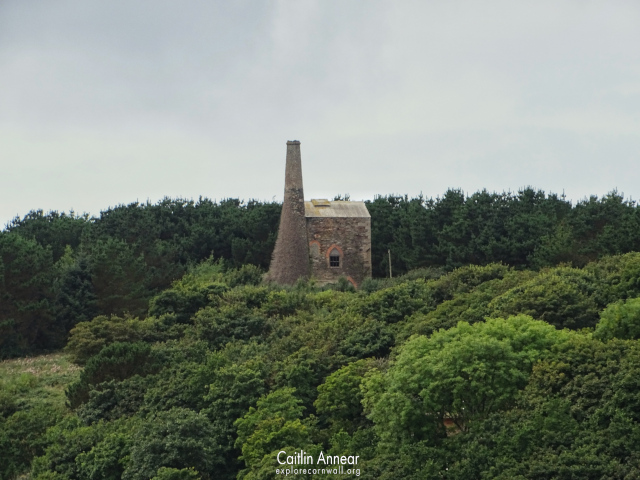
The main portion of Polberro’s mine site is part of the coast path, although very little remains. The only remaining engine house is on private land and can only be viewed from a distance.
The closest parking is in village, with a fair walk up the coast path to reach the mine site. It would be possible to park along the country road by the rugby club, but this is very narrow.
Brown, K., & Acton, B. (1997). Exploring Cornish Mines: Volume Three. Landfall Publications.
Dines, H. G. (1956). The metalliferous mining regions of south-west England. British Geological Survey.
Nance, Damian., & Brown, K. (2014). A complete guide to the engine houses of West Cornwall. Lightmoor Press.
Sharp, A., & Smith, J. (1986). Engine Houses in St Agnes, Cornwall. https://map.cornwall.gov.uk/reports_event_record/1986/1986R014.pdf
